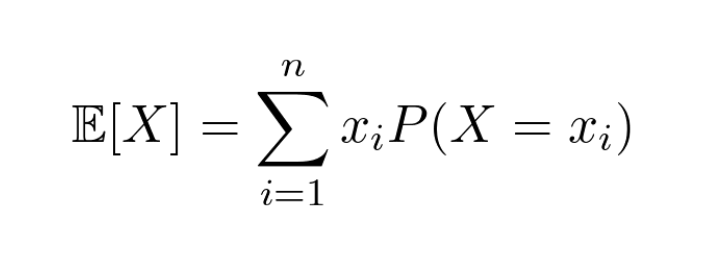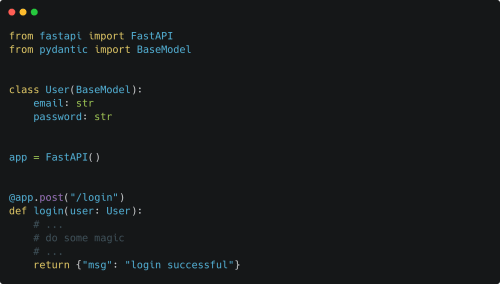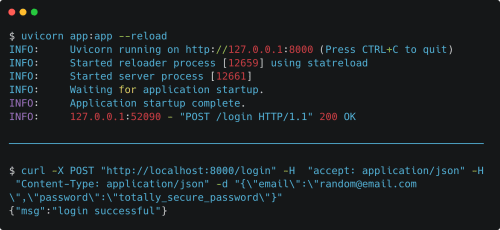
At @telestoAI, we have built the entire backend of our competition platform in FastAPI.
Why did we choose this instead of Flask or Django?
👇 This is a thread about why.
Why did we choose this instead of Flask or Django?
👇 This is a thread about why.
1️⃣ Defining schemas for endpoints is brilliantly simple with Pydantic.
You only have to create a Pydantic class and use type annotations in the path operation function.
You only have to create a Pydantic class and use type annotations in the path operation function.

2️⃣ Dependency injections. This is such a powerful and versatile feature!
Essentially, these are functions that are automatically called during path operations, handing the return value as an argument o the path operation.
One common usage is to get database connections.
Essentially, these are functions that are automatically called during path operations, handing the return value as an argument o the path operation.
One common usage is to get database connections.

But they can do much more! For instance, in our app app.telesto.ai, we use a dependency injection to get the user based on their session cookie.
If an endpoint requires special permissions, the dependency takes care of that.
Dependencies also simplify testing.
If an endpoint requires special permissions, the dependency takes care of that.
Dependencies also simplify testing.
3️⃣ Working with databases is simple and fluent.
FastAPI doesn't force any ORM framework on you like Django and you don't have to go out of your way with extensions like Flask.
What you use and how you use it is completely up to you!
FastAPI doesn't force any ORM framework on you like Django and you don't have to go out of your way with extensions like Flask.
What you use and how you use it is completely up to you!

4️⃣ Autogenerated Swagger UI.
This is provided by default. Really useful for our one-man frontend team, composed by @nandurr.
This is provided by default. Really useful for our one-man frontend team, composed by @nandurr.

5️⃣ Healthy ecosystem.
If you want to build fast, you shouldn't have to spend time pushing the boundaries of the framework or pioneering new features. When most things you need have been already built by others and there are several extensions, you are set. FastAPI is like this.
If you want to build fast, you shouldn't have to spend time pushing the boundaries of the framework or pioneering new features. When most things you need have been already built by others and there are several extensions, you are set. FastAPI is like this.
🏁 Our team absolutely loves FastAPI, and it enables fast backend development for us, which is absolutely essential for a bootstrapping startup.
Our team agrees that it was the best choice.
Our team agrees that it was the best choice.
In the next few days, I will create a thread where I talk more about our backend challenges in detail.
If you are about to start a new project, stay tuned! It is better to learn from the mistakes of others, than from your own :)
If you are about to start a new project, stay tuned! It is better to learn from the mistakes of others, than from your own :)
• • •
Missing some Tweet in this thread? You can try to
force a refresh










